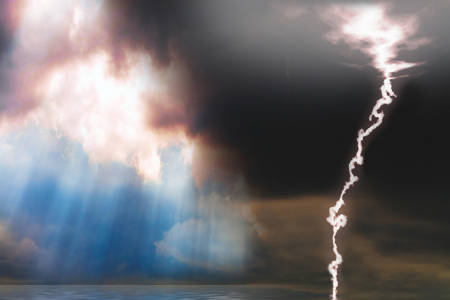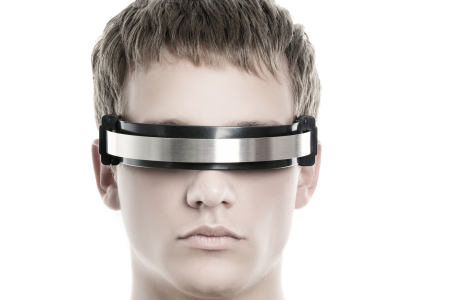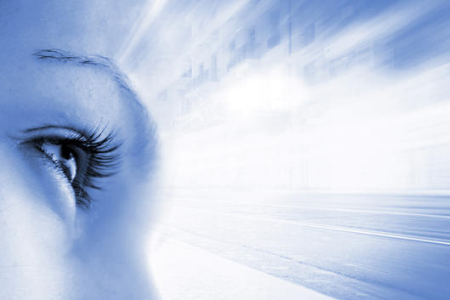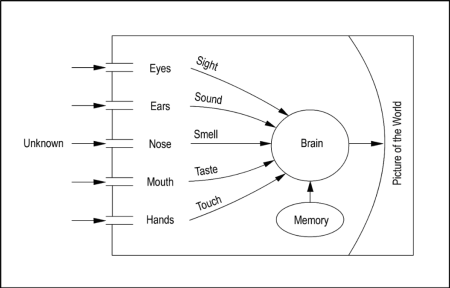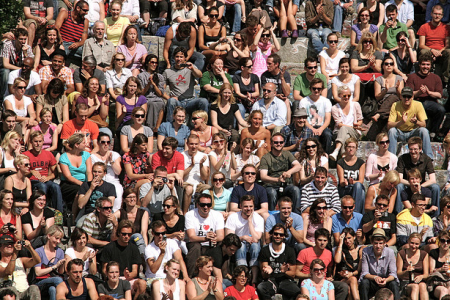How to Find the Point of Free Choice in Life
We believe that we have many possible futures to choose from. But choosing means seeing the future, so what is this choice based on? How does one know which future is best? If we could see the result of choosing one option and the result of choosing another option, we would know which was better. But in truth, there are no options to choose from whatsoever.
A certain Reshimo awakens within a certain will to receive, meaning within a certain person situated in a certain environment. Subsequently, that person realizes the Reshimo, accumulating further impressions from life’s events.
If we realized that we are only marionettes, and that at the same time we can change our future, we would then be at a point of choice. In other words, we could then choose an environment that would influence us positively and assist in our spiritual development. Such an environment would help us realize that Reshimo in the same direction and the same preexisting ladder, but we would do it willingly, instead of under pressure.
What a Positive Social Environment Can Do for a Person’s Development
In any given state, the Reshimo in the awakened will to receive, and the environment are all predetermined. Even if one had an urge to realize the Reshimo, this urge would stem from within; and even if one used the environment to accelerate the unfolding of the Reshimo, it would only shorten the predetermined unfolding period.
Continue reading “What Does Kabbalah Have to Say about Free Will?”

